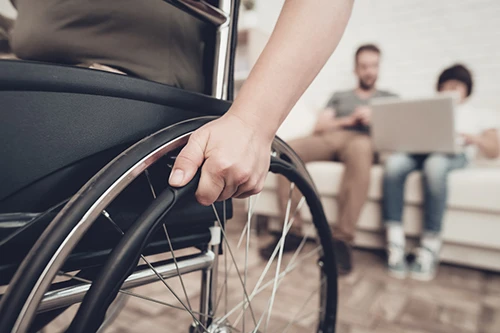Winter is the perfect time of year for a variety of snow-bound
sports such as snowboarding, ice skating, skiing, and snow tubing. While these
activities are a great way to combat cabin fever and take in some needed sunshine,
there is a risk of injury, just like any other sport.
Injuries resulting from winter sports typically include fractures, sprains,
dislocations, knee injuries, and concussions.
Here are some tips for you to consider as you face not only the slopes and
rinks but also heavy snow, icy pavement and more.
1. Beware of weather conditions
While snowboarding on fresh powder can be a powerful rush, you don’t want to
ride in dangerous conditions. For instance, heavy snow can impair sight,
freezing rain can cause dangerous icy roads and surfaces, impacting not only
your ability to participate in winter sports but also the vehicles on the
roads, which can increase your chances of being hit by an automobile if you
happen to be too close to the roads.
2. Stay in shape
You’ll want to condition your muscles so that they can withstand the work
they’ll undergo in a winter sports activity and you can avoid any ligament
injuries. Be extra sure to strengthen your core and hips, as well as increase
endurance. Focus on getting the proper nutrition you need, and sleep an
adequate amount.
3. Warm up
Before hitting the slopes, you should stretch and warm up in any way you can.
4. Wear and test your equipment
It may look cool to go without a snowboarding helmet or gloves, but the truth is, you’re putting yourself at greater risk for injuries like a concussion or another type of brain injury. Besides, there is plenty of savvy-looking gear to equipment before you carve the powder.
Be sure to shop for goggles, wrist guards, knee pads, properly-fitted boots, gloves, and helmets. Furthermore, take the time to wear extra layers of clothing, so that you don’t put yourself at risk for hypothermia.
Additionally, you should test your equipment to ensure that they are in working order in order to steer clear of high impact injuries. Finally, always purchase high-quality gear.
5. Take lessons and safety courses
If you don’t know how to ski, sled, snowboard, etc., then it is advised to take
lessons and courses for any of these activities. They are typically offered at
ski resorts for an affordable fee, or they may be included in your season or
day pass.
With lessons, you should be able to not only learn tips and techniques for your winter activity but also learn how to fall properly, as falling improperly may lead to wrist and wrist injuries.
6. Understand your limits
Don’t rush onto an expert slope if you’re a beginning skier. Furthermore, if
you find yourself tired, grab a mug of hot cocoa or a bottle of water and take
a break! You need to remain hydrated in order to maintain your body’s heat and
energy and avoid injury.
7. Drive safe to and from the slope
While you may feel that you can safely drive in the middle of a snowstorm, black ice, car malfunctions, and inexperienced drivers may lead to an accident. There are plenty of winter driving statistics to prove it.
Remaining safe and comfortable is a priority when you’re participating in a winter sport or traveling on vacation. While vacations are often fun, you need to take precautions so that you can avoid a disastrous accident. Drive safely, acknowledge your limits, take safety courses, warm up and properly wear and test your equipment. That way, you’ll have an enjoyable experience rather than a high medical bill.



